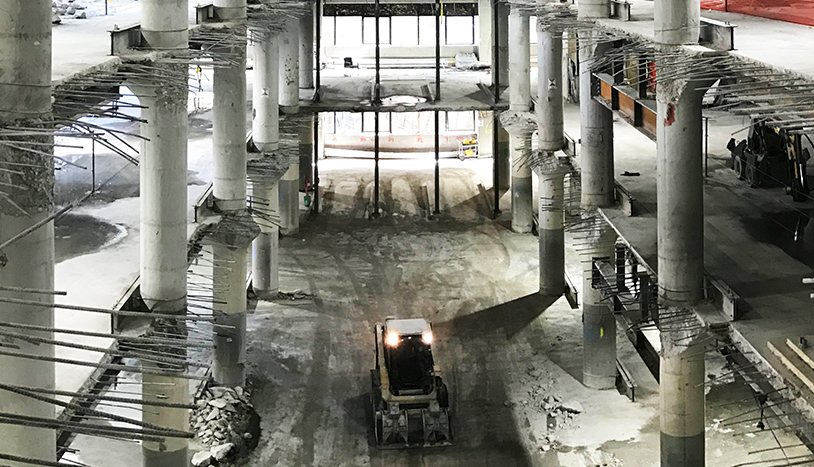For SMBC Aviation Capital, one of the world’s leading aircraft leasing companies, the end of their lease represented an opportunity to reimage the future. Together with Structure Tone Dublin and Henry J. Lyons, the company thoughtfully designed, built, and moved into their dream office space—all within 28 weeks.
A safe jobsite is a baseline commitment for any construction jobsite. But when a project team goes above and beyond, how can they show their workers and the rest of the industry that they excel when it comes to keeping their site safe?
The term “net zero” has garnered plenty of buzz around the AEC industry, among policy makers, and within the sustainability community—but what does net zero actually mean? We sat down with STO Building Group’s own VP of Sustainability, Jennifer Taranto, to answer some of the top questions about building, designing, and managing net zero buildings.
The urgency to combat climate change in the AEC industry is driving innovative strategies to reduce greenhouse gas emissions. One such initiative is EMission Zero, launched by Seattle-based architecture firm Miller Hull.
Seattle’s Lake Union has lived many lives throughout its history. It is the ancestral home of the Duwamish indigenous people and a key part of the Lake Washington Ship Canal that connects Lake Washington to the Puget Sound. The freshwater lake was also the construction site of Boeing’s first aircraft and the location of Tom Hanks’ houseboat in the movie Sleepless in Seattle.
The data center landscape in the U.S., particularly in New Jersey, is experiencing significant growth driven by the evolution of technologies such as artificial intelligence and cloud computing. Yet there is still a good deal of uncertainty around how to meet this growing need.
Sometimes the tools we use shape us, as much as they do the task at hand. For the architecture, engineering and construction (AEC) industry that’s perhaps a little truer than most; ironically so, given the persistent reputation for clinging to the old ways.
Environmental impacts of the construction sector are well known. Its estimated contribution of 40 percent of the global CO2 emissions annually is reported often.
Following a 20-week pilot program with Structure Tone, Otto Tech Systems will release their SmartLadder system to combat a leading cause of workplace accidents: falls from ladders.
Strong. Versatile. Resilient. Sustainable. These are just a few of the benefits mass timber construction offers—and part of the reason timber structures are taking the AEC world by storm. As demand for mass timber projects across the US continues to grow and evolve, designers, builders, and developers are constantly adjusting best practices.
DroneDeploy, the leading aerial and ground reality capture platform, has announced the launch of Safety AI, the only solution of its kind to automatically identify safety risks on construction sites using a combination of in-house developed proprietary AI and large multimodal models from Google and OpenAI.
Move over, C-Note — the Manhattan high-end office market’s new exclusive club has a $200 per-square-foot admission charge.
